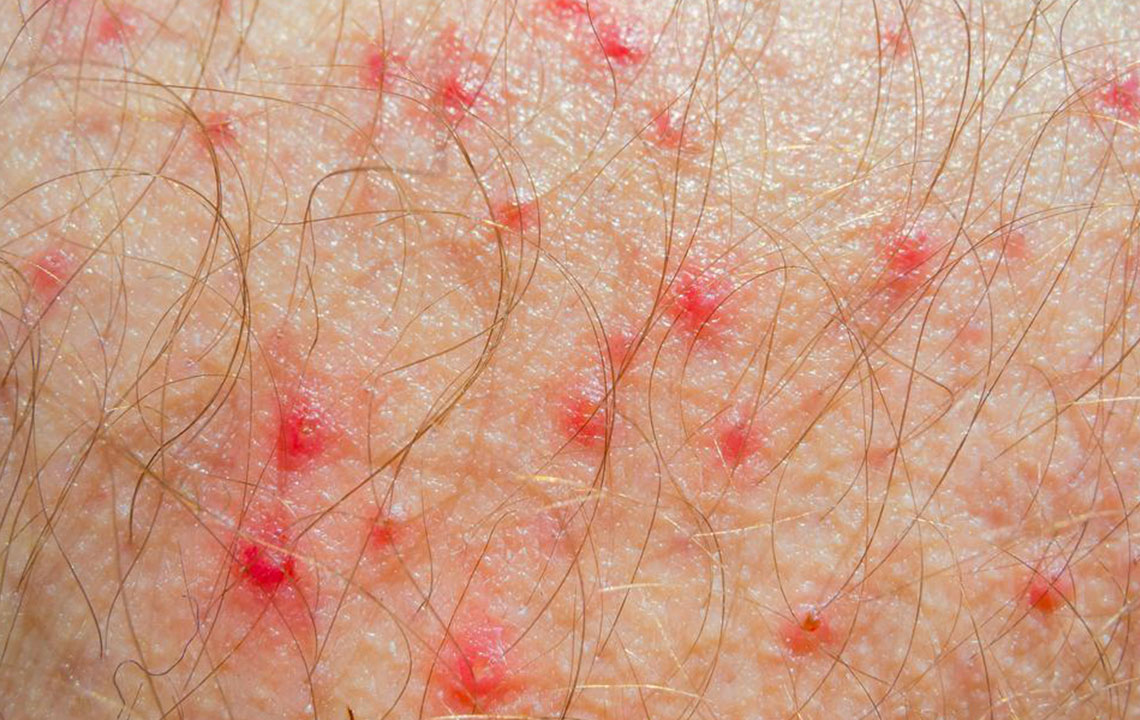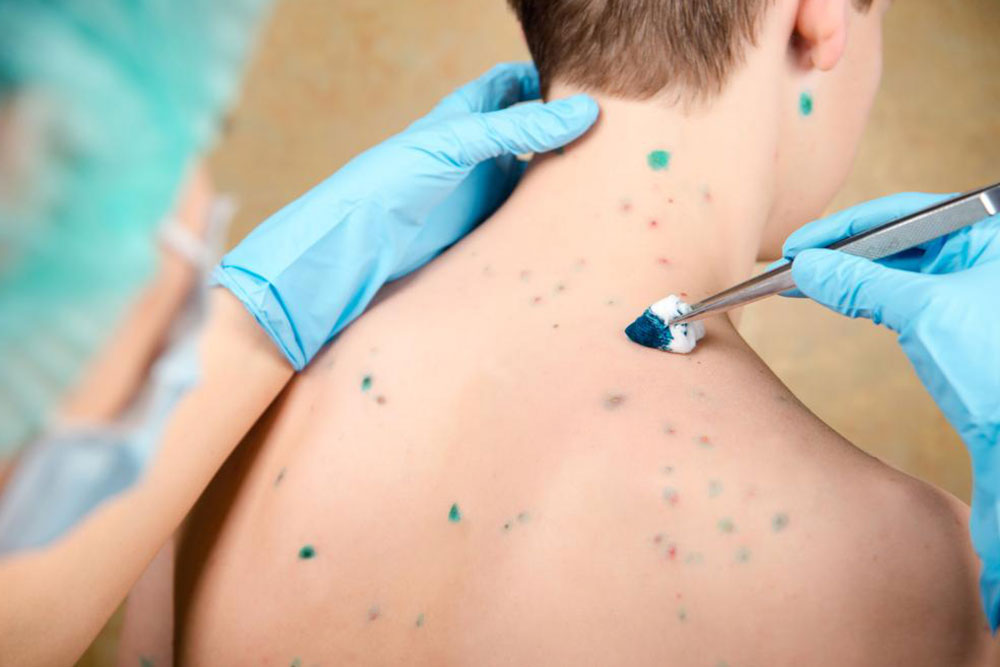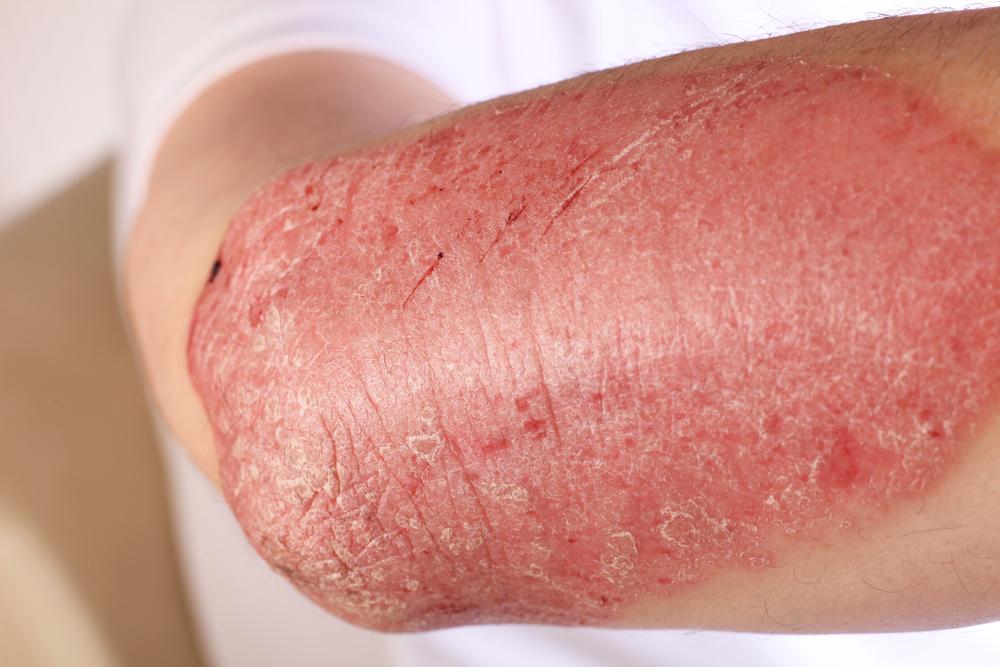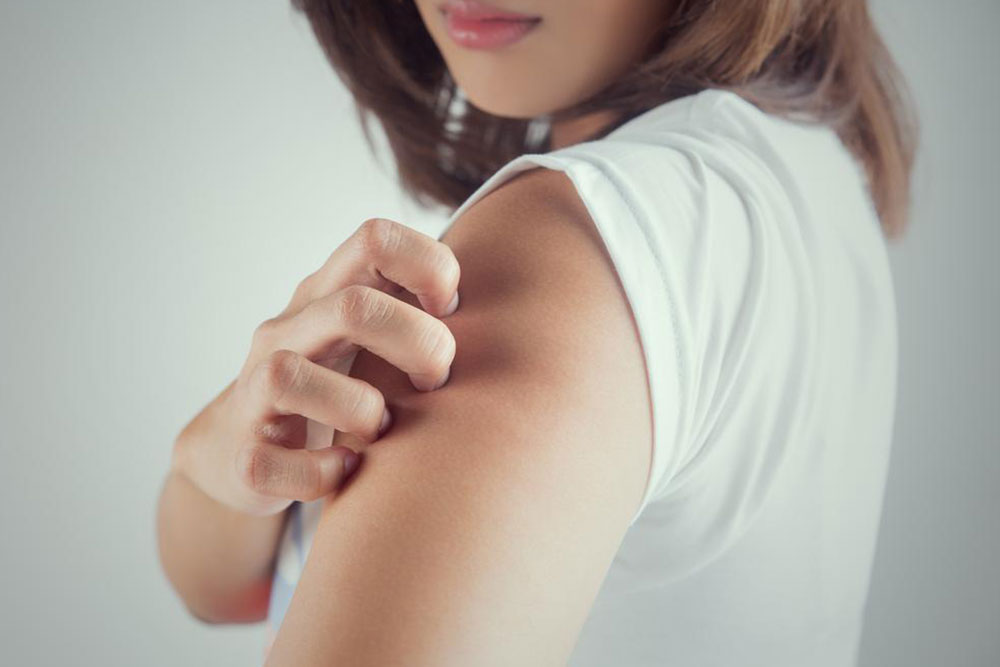Comprehensive Guide to Poison Ivy: Recognizing Symptoms and Effective Treatment Strategies
This comprehensive guide explains how poison ivy causes skin reactions, details early symptoms, and presents effective home and medical treatments. Learn preventive tips to avoid contact and understand when to seek professional healthcare. Recognizing urushiol exposure and managing symptoms promptly can alleviate discomfort and prevent complications, making it essential knowledge for outdoor enthusiasts and gardeners alike.
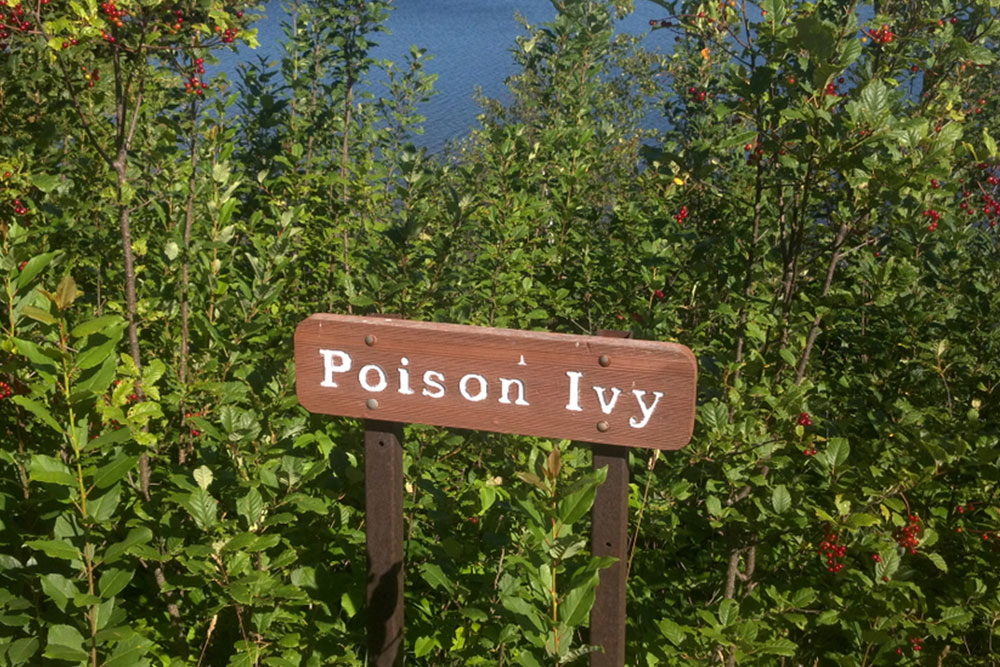
An In-depth Look at Poison Ivy: Symptoms and Proven Treatment Approaches
Poison ivy stands as one of the most prevalent toxic plants encountered across numerous regions, especially in North America. This plant is notorious for causing a skin reaction known as contact dermatitis, which can range from mild irritation to severe discomfort. Understanding how poison ivy affects the skin, recognizing the symptoms early, and knowing the best treatment methods are crucial steps in managing exposure and alleviating symptoms effectively.
At the core of poison ivy's toxicity is an oily resin called urushiol. This compound is found in the leaves, stems, and roots of the plant. When the skin comes into contact with urushiol, it triggers an allergic reaction that manifests as a painful and itchy rash. Immediate action, such as washing the affected area thoroughly with soap and water, can significantly reduce the risk of developing a rash. Delays in cleaning can allow urushiol to penetrate the skin, leading to more intense reactions.
If the rash does develop, it can cause considerable discomfort, itching, and swelling. The rash may persist for several weeks, especially if not properly managed. While many cases are mild and can be handled at home, severe or widespread rashes may require professional medical attention, including prescription medications. Recognizing when to seek medical help is essential to prevent complications and ensure proper treatment.
Key Symptoms of Poison Ivy Rash
Typically appearing between 12 to 48 hours after exposure, the rash can last from two to three weeks, depending on the severity and treatment. The common signs and symptoms include:
Swelling and inflammation
Redness and warmth around the affected area
Intense itching that can be disruptive to daily activities
Formation of blisters filled with clear fluid
Breathing difficulties in rare cases, especially if inhaled smoke from burning poison ivy causes respiratory irritation
The extent of symptoms largely depends on the amount of urushiol transferred to the skin. Larger contact areas tend to produce more severe reactions. The rash often appears as streaks or lines corresponding to the plant contact, and it can spread to other parts of the body through scratching, contaminated clothing, or contact with pets that have been near poison ivy.
Effective Approaches to Poison Ivy Rash Treatment
Although there’s no instant cure for poison ivy, most rashes resolve naturally within 2 to 3 weeks. However, managing symptoms and reducing discomfort are important to improve quality of life during this period. Here are proven supportive measures:
Immediate cleaning and clothing management: After outdoor activities, shower immediately with cool water and a gentle soap, ensuring all traces of urushiol are washed off. Changing clothes, footwear, and cleaning any outdoor gear promptly can prevent further spread and reduce the likelihood of a secondary reaction.
Soothing baths and topical applications: Taking cool oatmeal baths or immersing the affected skin in cool water can help reduce itching and burning sensations. Avoid hot water, as it can exacerbate symptoms. Over-the-counter topical treatments such as hydrocortisone creams or calamine lotion can provide localized relief. Applying these directly to the rash can decrease inflammation and itching.
Use of antihistamines: Oral antihistamines, like diphenhydramine or loratadine, help alleviate itching and allergic symptoms. They may cause drowsiness, so it’s advisable not to operate heavy machinery or drive after taking them. Taking antihistamines at bedtime can promote restful sleep during the discomfort.
In more severe cases, healthcare professionals might prescribe oral corticosteroids or administer injections to rapidly control inflammation. Secondary bacterial infections can occur if blisters are scratched open, so antibiotics may be necessary if signs of infection develop. It’s essential to avoid scratching to prevent open wounds and potential infections.
Applying a cold compress wrapped in a clean cloth to the affected area for 15-30 minutes several times a day can further help in relieving itching and reducing swelling.
Preventive Measures Against Poison Ivy
Learn to accurately identify poison ivy by its characteristics—typically consisting of three leaflets, with shiny or dull surfaces, and often growing as vines or shrubs.
Wash skin immediately after outdoor exposure, especially if you suspect contact with poison ivy, oak, or sumac.
Thoroughly clean clothes, footwear, and gardening tools after outdoor use to prevent urushiol from transferring to other surfaces.
Apply OTC barrier creams containing bentoquatam before outdoor activities as a protective measure against urushiol exposure.
Regularly bathe pets that may carry urushiol on their fur, especially after outdoor adventures in wooded or grassy areas.
When to Seek Medical Assistance
If symptoms become severe or do not improve after two to three weeks despite home treatment.
If there is swelling, difficulty breathing, or signs of anaphylaxis.
If the rash involves sensitive areas like the face, eyes, or genitals.
If blisters become infected, showing pus, increased redness, swelling, or the presence of fever.
Being aware of the symptoms and taking prompt action can significantly reduce discomfort and prevent complications. Consult a healthcare professional for severe or persistent cases to ensure appropriate care and faster recovery.

